When Did Women Start Painting Their Nails? Nail Polish History
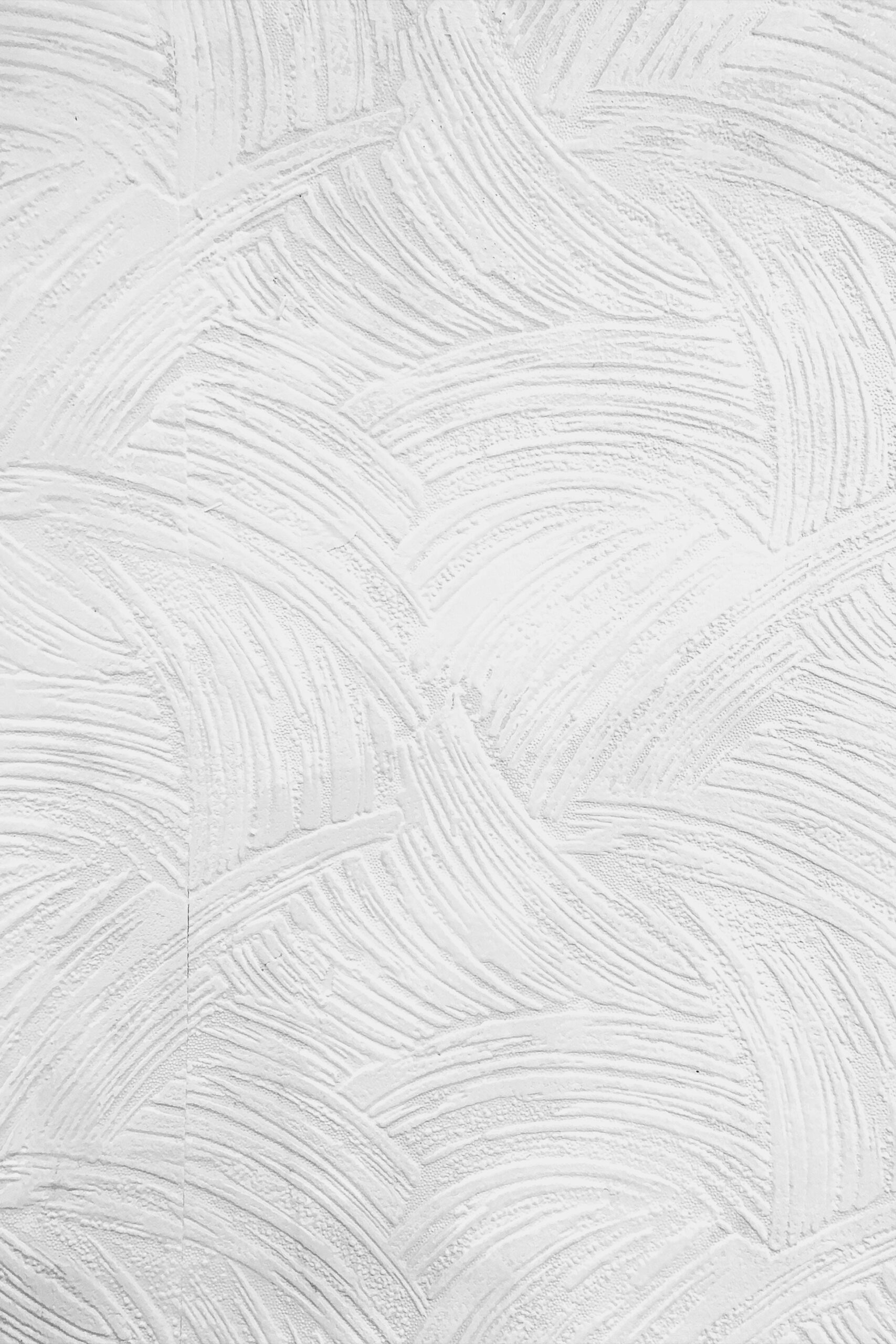
The history of nail painting spans millennia. It has evolved from the use of simple natural dyes to the intricate and sophisticated art form we see today. Women have long used their nails as a canvas for beauty, status, and self-expression. Today, maintenance routines including manicured or neatly-kept nails are just one common ritual practised by elegant women. But precisely when did women start painting their nails as a tradition? How has it developed over time? From the customs of ancient civilisations to the innovations of modern beauty brands, the journey of nail art reveals a fascinating evolution of style and identity.
When Did Women Start Painting Their Nails? Early Beginnings
Ancient Egyptian Nail Art and Its Symbolism
The origins of nail art date back to the ancient Egyptians and in ancient China.
In Egypt, the legendary Queen Nefertiti adorned her nails with deep red shades. These rich colours were derived from natural dyes. They were used in henna manicures served both decorative and ceremonial purposes. Red nails were unmistakable symbol of the upper echelons of society. The hue conveyed status in terms of power, privilege, and wealth in high society. The intensity of nail colour often directly corresponded to one’s rank. Conversely, women of lower classes used lighter, more subdued tones.
When Did Women Start Painting Their Nails in the Qing Dynasty?
Similarly, nail designs also portrayed social status in ancient China, particularly during the Qing Dynasty (1644–1911). Manchu court ladies coloured their nails using a mixture of egg whites, flower petals, and vegetable dyes. They wore long nails, showcasing their aristocratic lifestyle in being free from the rigours of manual labour.
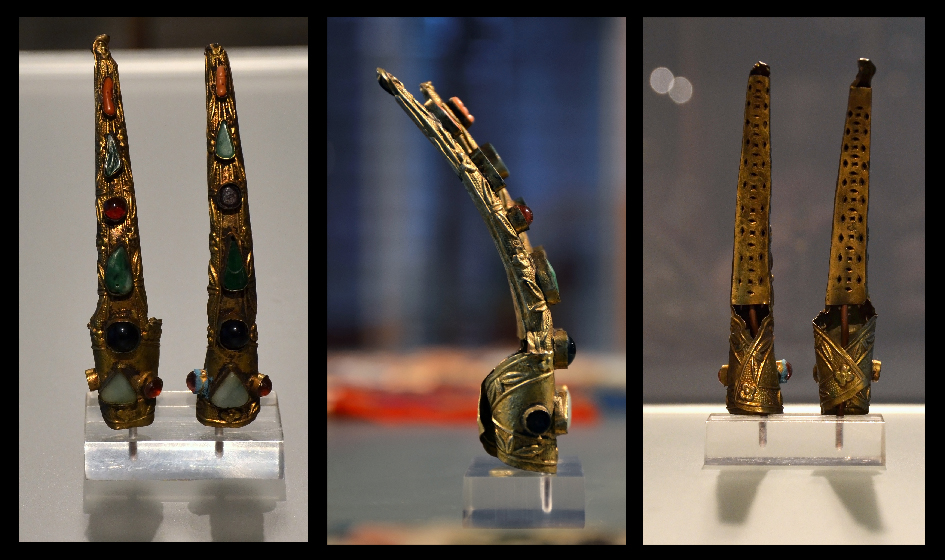
Manchurian nail guards
Long nails were protected by elaborately crafted nail guards that were similarly a status symbol. These ornate nail covers were crafted from a variety of materials, and decorated with precious stones and real silver or gold dust.
Notably, the nail guards were a concept likely rooted in the Manchurian nomadic emphasis on function and practicality. These stand in contrast to the more flamboyant and elaborate styles of the Han Chinese. The Han Chinese were a more sedentary society, engaging in agriculture and living in established communities. Their lifestyle allowed for the development of more intricate cultural practices, including elaborate clothing, artistry, and adornment.
Emergence of Modern Nail Care: When Did Women Start Painting Their Nails in the Western World?
In the late 19th century, American manicurist Mary E. Cobb pioneered a pivotal shift in nail care. Her journey began when she traveled to France and discovered the art of manicuring. This was a practice that, while growing in popularity in Europe, was relatively unknown in America. In 1878, Cobb opened the first nail salon in New York, U.S.A. Essentially, Cobb brought French manicuring techniques home and revolutionised the way women thought about their nails.
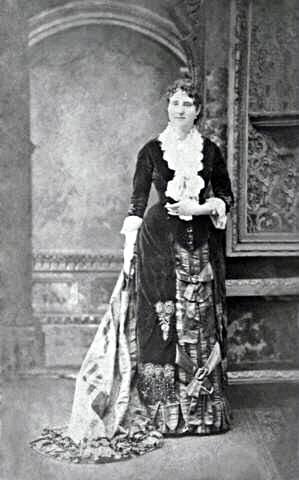
How Cobb revolutionised the manicare
Before Cobb’s influence, nails were often coloured but not thoroughly manicured. Meanwhile, Cobb focused on the cleaning and shaping of the nails, and preparation of the nail bed and cuticles, which was a novel concept at the time. She also introduced the use of natural oils and nail dyes. This emphasised not only beauty, but also the health of the nails. Furthermore, her manicures combined elegance with practicality, preparing nails in a way that enhanced the application of colour.
Her salon was an instant success, as women came in droves to experience this new approach to nail grooming. Cobb had effectively laid the groundwork for the modern manicure. She transformed what was once a mere decorative practice into a refined art that emphasised cleanliness and elegance.
When Did Women Start Painting Their Nails with Nail Polish?
Michelle Menard and the First Nail Polish for Women
The history of nail polish took a major leap forward in the 1920s. Michelle Menard, a French makeup artist adapted the glossy finish of automobile paint for nails. Her invention of the first liquid nail polish introduced a durable, high-shine product that marked a departure from the tinted creams and dyes previously used. Around the same time, the first commercial nail salons began to emerge, offering professional manicures to a growing clientele.
Revlon’s revolutionary move
In the 1930s, Charles Revson, founder of Revlon, took Menard’s invention and transformed it into a household name. Building on Menard’s formula, Revson introduced a pigment-based liquid polish that dried quickly and delivered a high-gloss finish. The durability and shine of automotive paint inspired his formulations. Revlon stood out for its high-quality polish and introduction of bold colours, especially red shades that were once reserved for royalty.
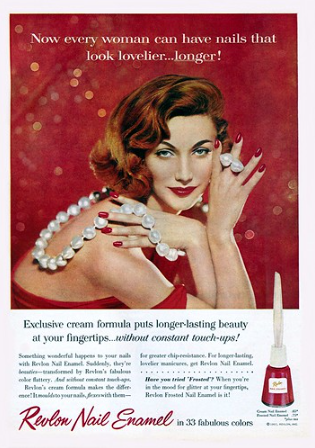
Revlon’s success also came from its marketing strategy. Revson aligned nail polish with fashion, emphasising that nails could now be an extension of personal style. Icons like actress Rita Hayworth helped to popularise red nails, turning them into symbols of sophistication and allure. This allowed women to achieve salon-quality nails at home with unprecedented ease. Revson’s innovations paved the way for modern nail polish, making nail painting an everyday luxury accessible to all women.
The Advent of Artificial and Acrylic Nails
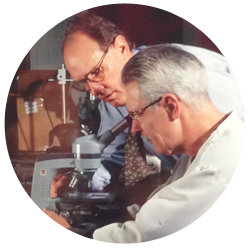
By the 1950s, the innovation of acrylic nails further reshaped the world of nail painting. The story begins with dentist Fred Slack, who, after breaking a nail, used dental acrylic to create a temporary repair. He realised that this material could be shaped and moulded to resemble a natural nail. This discovery soon evolved into the invention of artificial nails. Unlike earlier faux nails, which were fragile and often unreliable, acrylic nails offered durability and strength. They have quickly become popular today amongst women who desire long nails but cannot practically grow them naturally.
These acrylic nails allowed for more intricate nail art and nail trends. The hardened surface made it easier to paint on different colours and designs. Today, acrylics, along with gel nails and UV light techniques, continue to offer a wide range of possibilities for customisation, from classic elegance to bold creativity.
The Artistry and Technology of Modern Nail Polish
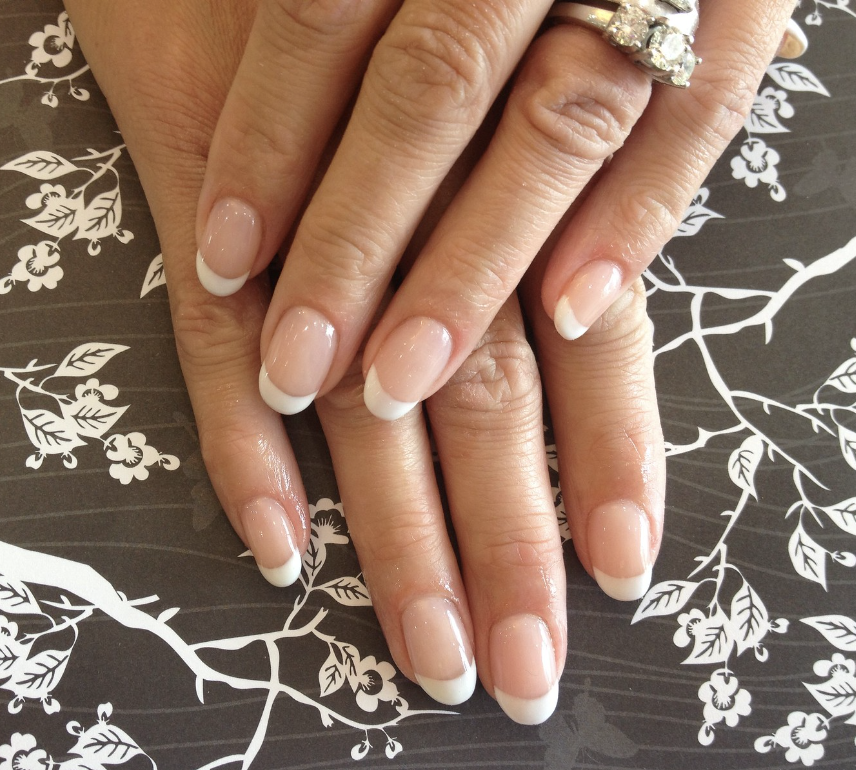
With the rise of nail salons in the 20th century, the craft of nail painting has evolved into a sophisticated and highly creative practice. The introduction of gel nails and cream polish has provided women with more options for achieving flawless, long-lasting manicures. French makeup artist Jeff Pink further contributed to this trend by popularising the French manicure. This style remains iconic to this day for its understated elegance and classic white tip.
Modern nail polishes have also seen a shift towards safer, more sustainable formulas. Therefore, many brands incorporate natural dyes and vegan ingredients into their formulations. With the rise of social media, platforms like Instagram have transformed nail art into a form of self-expression and personal branding. Celebrities like Harry Styles embrace trends such as black nails and vibrant shades, solidifying nails as an artistic medium.
The Legacy of Nail Art
Ultimately, the world of nail care is a blend of tradition and modernity. Today, nail art continues to flourish, inspiring women to experiment with colour, texture, and style.
Notably, nail trends come and go. However, the art of painting nails remains a cherished, important part of self-care within modern beauty culture. The enduring legacy of painting nails speaks to the power of beauty in shaping identity and self-expression.
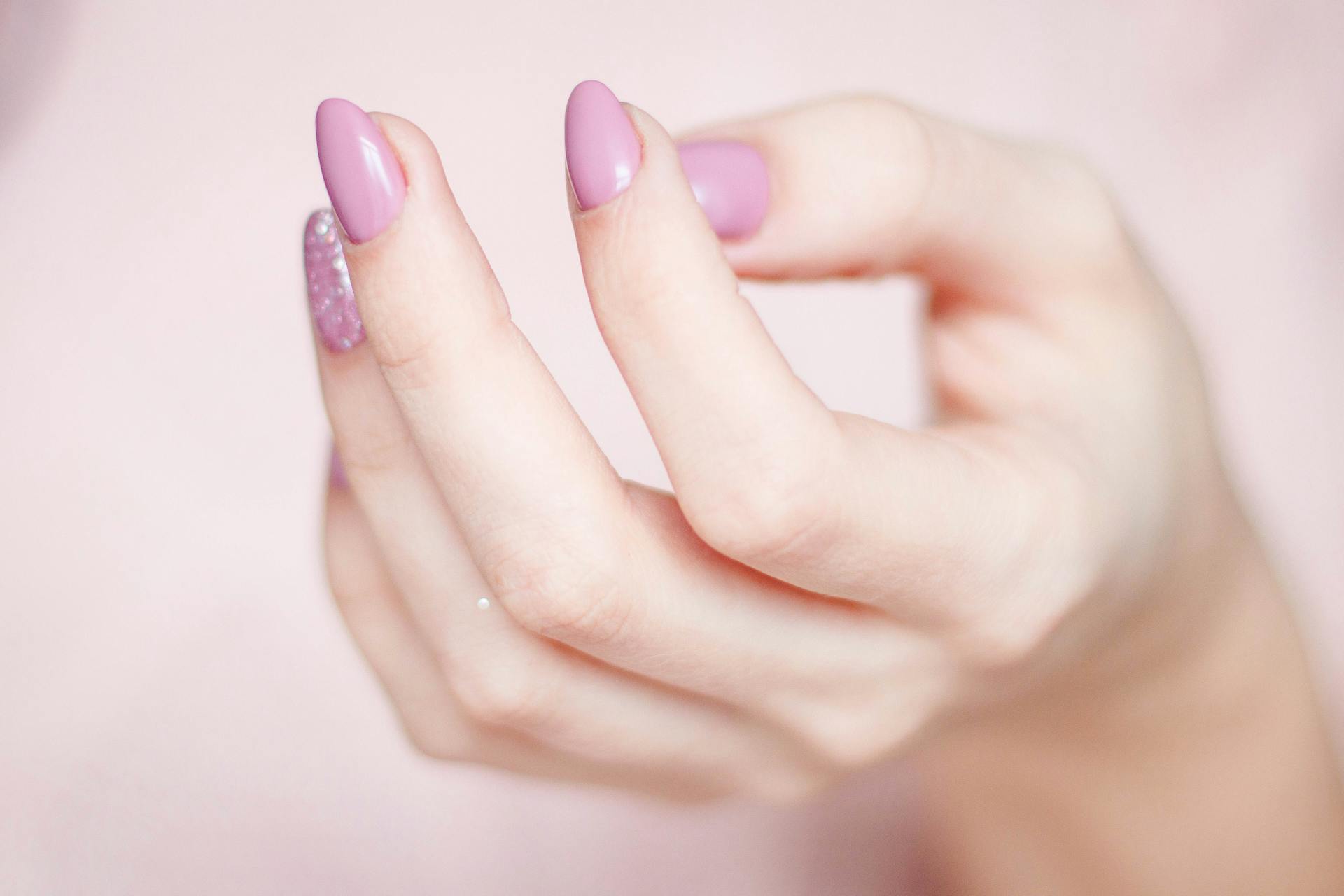
Leave A Comment